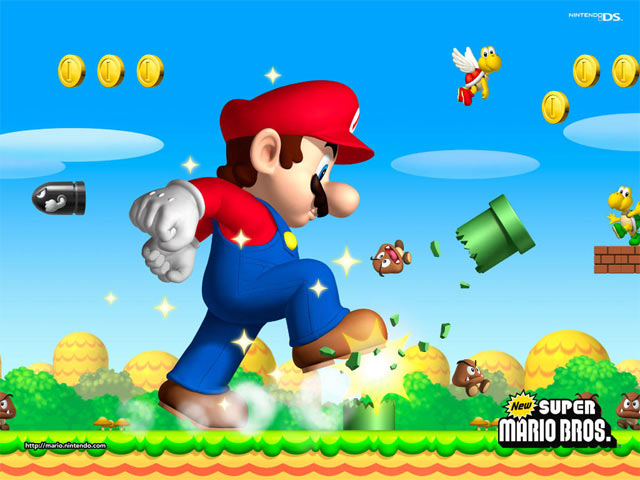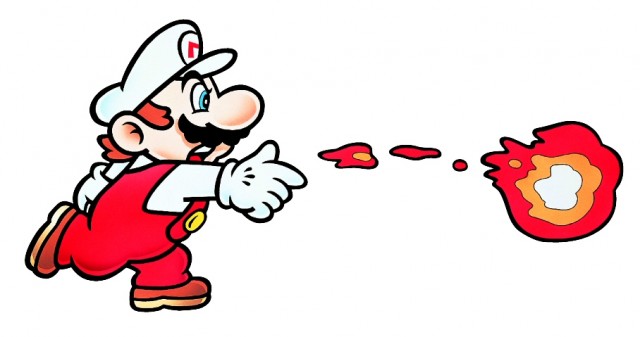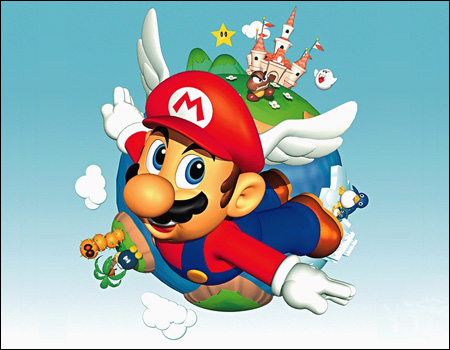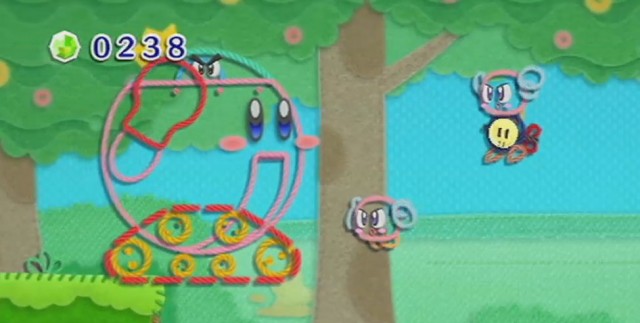
Power ups used to be one of the most exciting things about gaming; they are little nuggets of power that transform the gameplay experience for a little while. Whether it is grabbing a Super Star with Mario, getting an armor upgrade in Super Ghouls ‘n Ghosts, or nabbing a new weapon in any of the dozens of old school bullet hells, power ups made millions of gamers feel that much more awesome and so many games just a wee bit easier. However, for better or for worse, these kinds of power-ups have pretty much fallen of the gaming map as gameplay has evolved at breakneck speeds over the last couple decades.
Perhaps the first question to ask when trying to figure out what happened to power-ups is what exactly constitutes a power-up? Looking back at the aforementioned titles, all of those items were finite upgrades; they either lasted for a preset period of time or vanished after being hit or dying. Also, none of them necessarily changed the core gameplay mechanics, in other words, gamers didn’t need them to progress, they simply gave the player an advantage. Of course these two criteria work for the games above, but they apply to so many more. Doom’s berserk mode lasted only for a short duration, power pellets in Pac-Man made ghosts vulnerable only briefly, and the extra guns in old light gun games like Area 51 disappear after dying. For the sake of this article, permanent upgrades and items, like heart containers and new tools in Zelda games or energy tanks and the morph ball in the Metroid series, aren’t included because those kinds of upgrades are very much alive and well in today’s games.
Now the task at hand is to figure out what factors in older games made power ups a much more important part of the game. I theorize the arcade is the answer. Back in the day when gamers had to feed an endless stream of quarters into a machine to make it through a game, designers had to find quick and efficient ways to make their games more exciting. With modern console games, the player can sit back and relax because they can pick up and play whatever games whenever they want, something that also allows designers to create more drawn out, deliberate experiences. Playing at an arcade was quick and dirty; pick the game, plop in some quarters, and try to get as high a score or beat as many levels as possible before all your lives were gone. For an arcade game, power-ups were almost like an extended warranty, pick one up and you buy yourself a few more moments of gaming pleasure; the hammer made mincemeat of Donkey Kong’s barrels and power pellets made all those ghosts harmless. When gaming started to move from arcades to living rooms, many of these design elements hung around for a few reasons; gamers were used to having them, developers were used to making them, and so many power ups where inseparable from their respective franchises.
With the NES, Mario still had his mushrooms and fire flowers but the winds of change were pushing games in new directions. The introduction of save files in The Legend of Zelda drastically expanded the potential length of games and started to transform old school power ups into the form that is so common today. Instead of giving characters like Link, Samus, or the Warriors of Light from Final Fantasy, quick boosts of power, game designer created experiences around making these heroes stronger over time. Instead of giving Link brief moments of extreme power, Nintendo gave him new items that allowed his power to accumulate over time, so by the end of the game Link was far more capable, but the game world evolved along with him so that the experience was never too easy. While these bigger, more complex games continued to develop into the SNES era, power up-focused side scrollers continued onward while RPGs and adventure games continued to gain steam. Ultimately, the transition into 3D brought about by the N64 would effectively signal the beginning of the end for the traditional power-up.
While Mario 64 stuck to the old style of power-ups with the various hats that only lasted for set time periods, the fact that the hats were used for very specific objectives showed how things were changing. Overall, the tradition to 3D was all about freedom; funneling players down a narrow path grew harder and harder as 3D worlds grew larger and larger. Platformers, which remained a bastion for traditional power ups throughout the 16-bit era, changed quite drastically, with titles like Banjo Kazooie and Donkey Kong 64 emphasizing exploration and puzzle solving over following a linear path. In these and many other games, temporary power ups were replaced with permanent abilities or area-specific abilities, all of which were very deliberate aspects of the core gameplay rather than ancillary perks thrown in just to make the game more fun. The success and influence of Ocarina of Time also served as a major influence in continuing this trend. As PS2, Xbox, and GameCube brought in a new generation, this process continued with even Mario jumping on board. Mario Sunshine dropped the hats from Mario 64 and introduced FLUDD, Mario’s self-aware water pack that acted as a weapon and jet pack but was an integral and permanent part of Mario’s skill set throughout the game. Two new genres appeared in this generation: fast-paced action games like Devil May Cry and God of War, and open-world sandboxes like GTA; both went the Zelda/Metroid approach of adding new weapons and skills.
This now brings us to the current generation and, with a few exceptions, it is hard to come by games that use the old style of power-ups. First person shooters are, without question, the biggest genre among most core gamers; and while games like Unreal thrived on weapon and armor power-ups fro its multiplayer, Call of Duty: Modern Warfare has influenced almost every shooter since to go with customizable classes with permanent perks, rather than building battlefields covered in special power-ups. However, there are still a few signs of the past within the genre; Halo’s multiplayer has always contained cloaking devices and cover shields to give players temporary advantages over the competition and The Conduit’s campaign was filled with powerful, hidden guns with limited ammo, so like power-ups of old they give gamers a powerful advantage but only so long as ammo lasts. Outside of those few shooters, old school power-ups are definitely hard to come by but recent trends could be pointing to a resurgence of sorts.
Right now, the industry is going through something of a retro obsession and Nintendo is leading the charge. New Super Mario Bros, for both Wii and DS, has returned gaming’s prime plumber to his roots – mushrooms, fire flowers, super stars, and even a few new toys included. Of course, both of those games were incredibly successful, so that has helped prove that there is most certainly a market looking for those simpler experiences. If this year’s E3 is any indication, Nintendo appears to be interested in keeping the old school power ups coming. Kirby games have always relied on the power ups the titular puff ball gets from his foes, so Kirby’s Epic Yarn should have plenty, and if Donkey Kong Country Returns brings back the animals from the original, it too could join in on the power up parade.
Nintendo might not have invented the power up, but it has been vital in their inclusion in many games. Super Mario Bros. influenced the use of power ups in countless games throughout the 8 -and 16-bit generations and the recent retro trend while the Zelda and Metroid franchises influenced just about everything in between. Most games today still follow the path blazed by the two later titles, but the influence of Mario still burns strong and is growing ever stronger as more and more companies look to the past for inspiration. While neither system is necessarily better than the other, the promise of greater variety should mean there is something for just about every gamer.




 ShareThis
ShareThis










Excellent article.
When I originally saw NEW Super Mario Bros DS, I thought you could keep increasing in size the more Mushrooms you got.
Unfortunately, it wasn’t so. Not dissing the game though :)